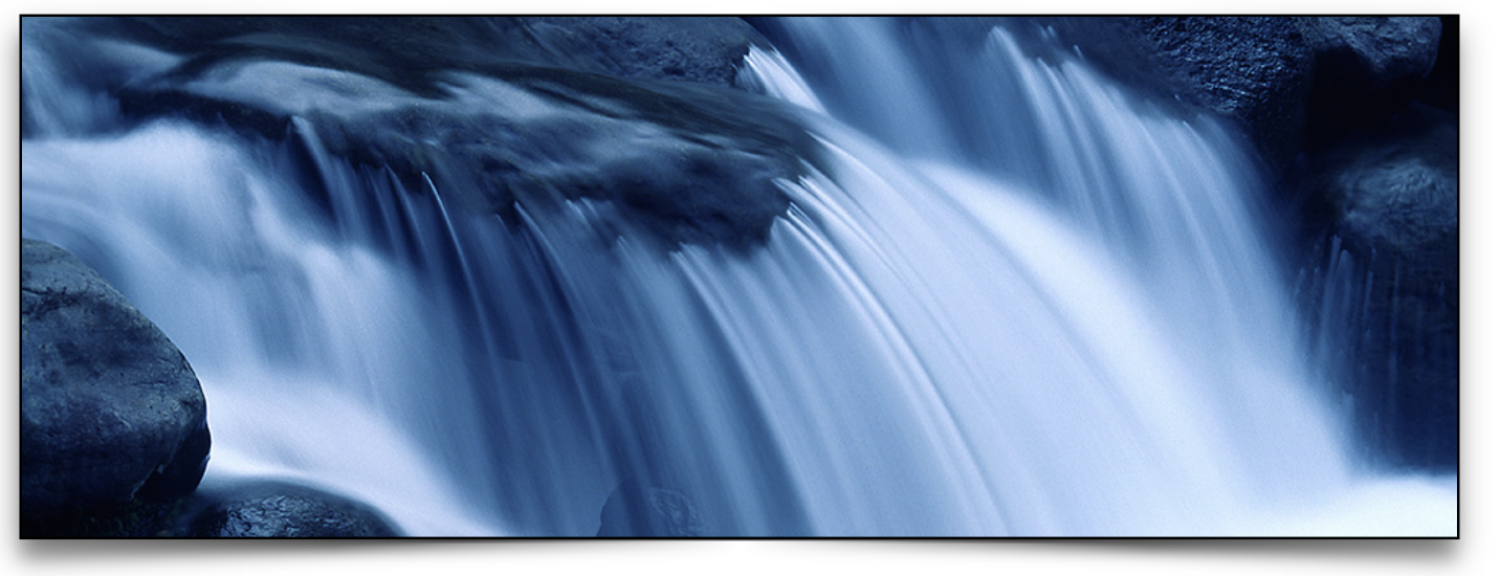GEOG 4311 Watershed Biochemistry
This course is a quantitative investigation of the physical, chemical, and biological processes that determine the hydrology and hydrochemistry of headwater catchments (watersheds). A watershed is a natural unit of land from which the surface, subsurface and groundwater runoff drain to a common outlet. In this course, the emphasis is on the movement and storage of water, nutrients, and solutes on and in the context of the watershed. This course provides a process-level understanding of watershed biogeochemistry such that students will be able to understand the consequences of our planned and inadvertent human activities on water flow and quality at the catchment scale.
This course builds on and complements existing courses in Geography, particularly ‘Introduction to Hydrology’. Topics include: hydrography separation, isotopic and geochemical hydrologic tracers, water quality, pollution, geochemistry, nutrient cycling, field experiments, and simulation modeling. These processes will be applied to a range of geographic regions, emphasizing headwater catchments in montane environments.
See the University Catalog for specifics, recommendations, and prerequisites.


